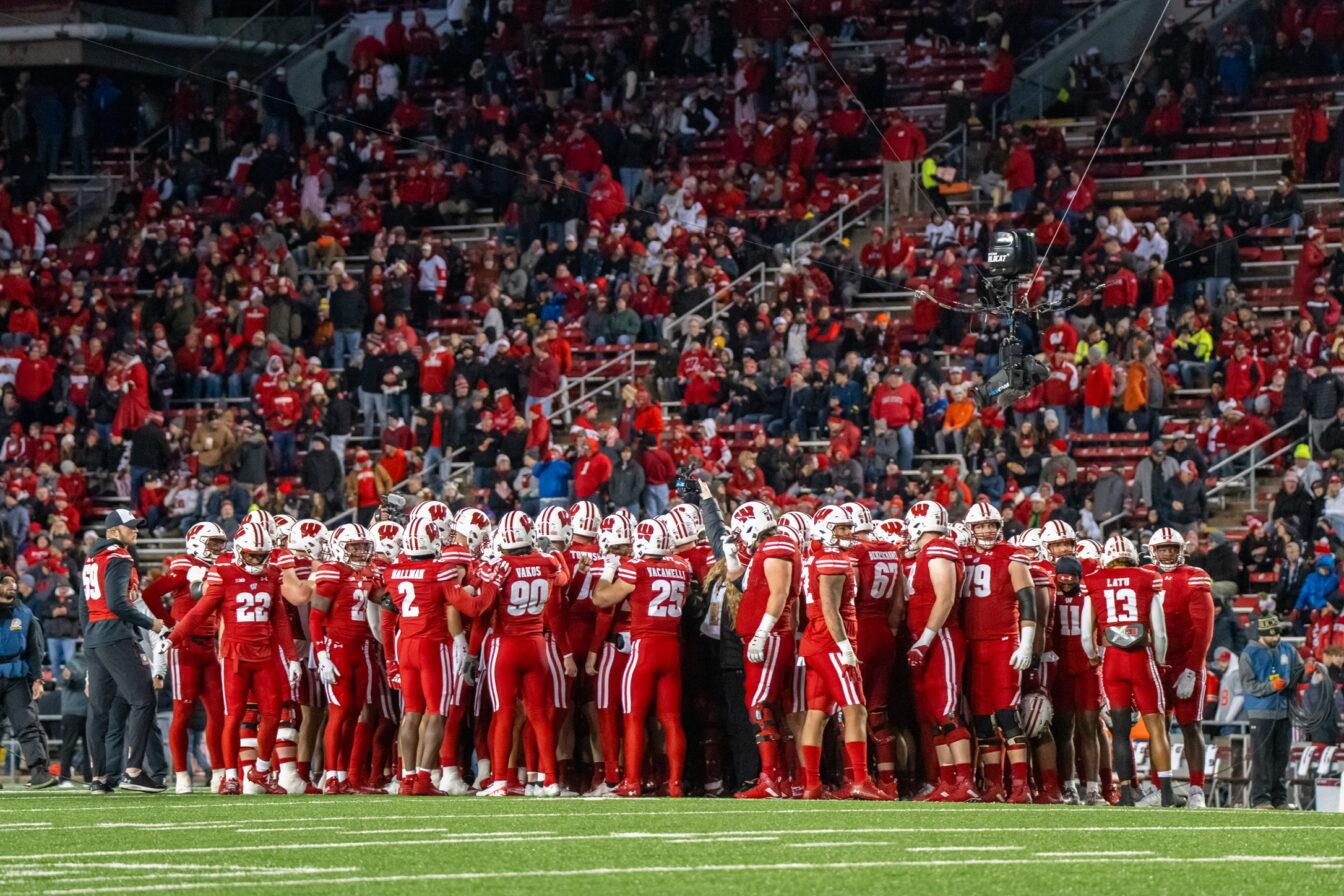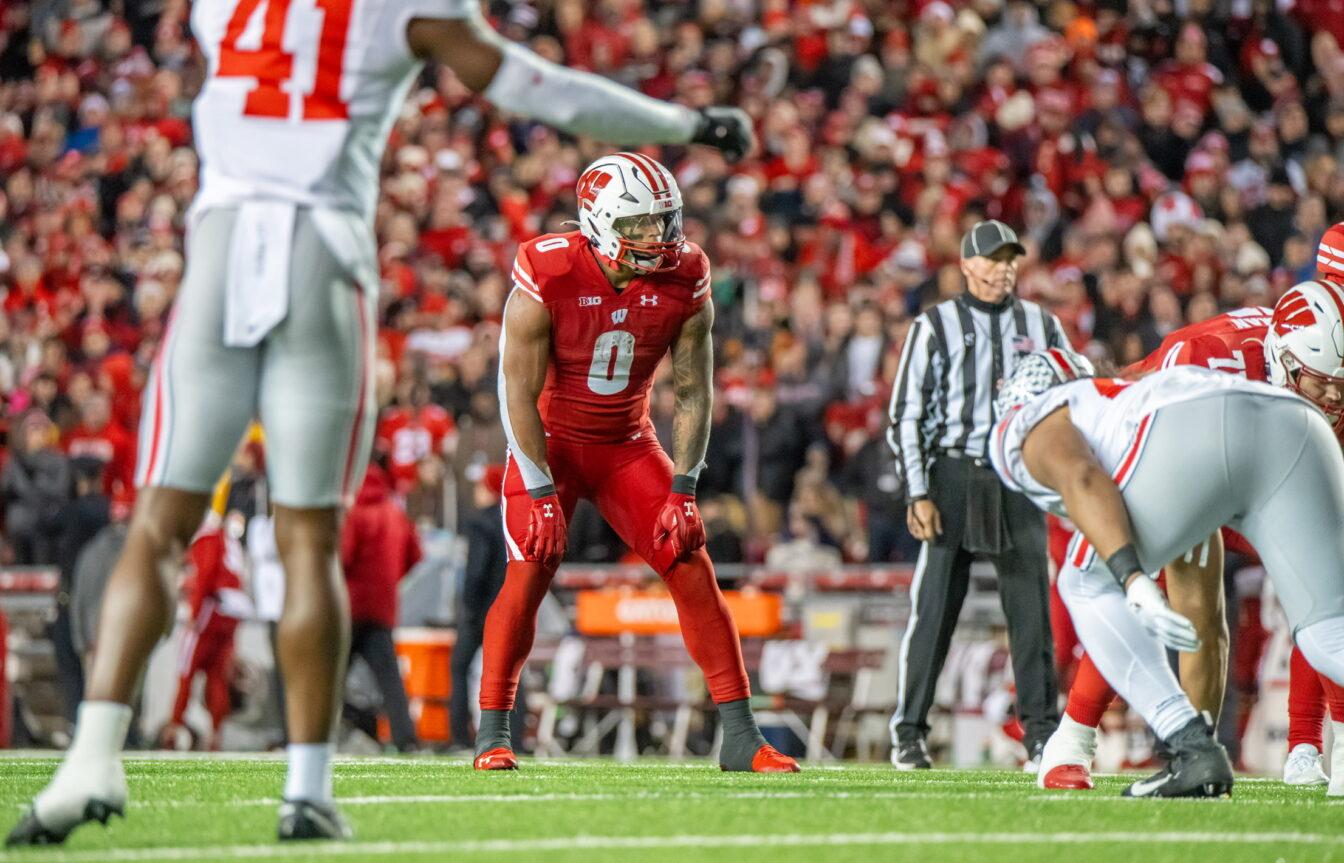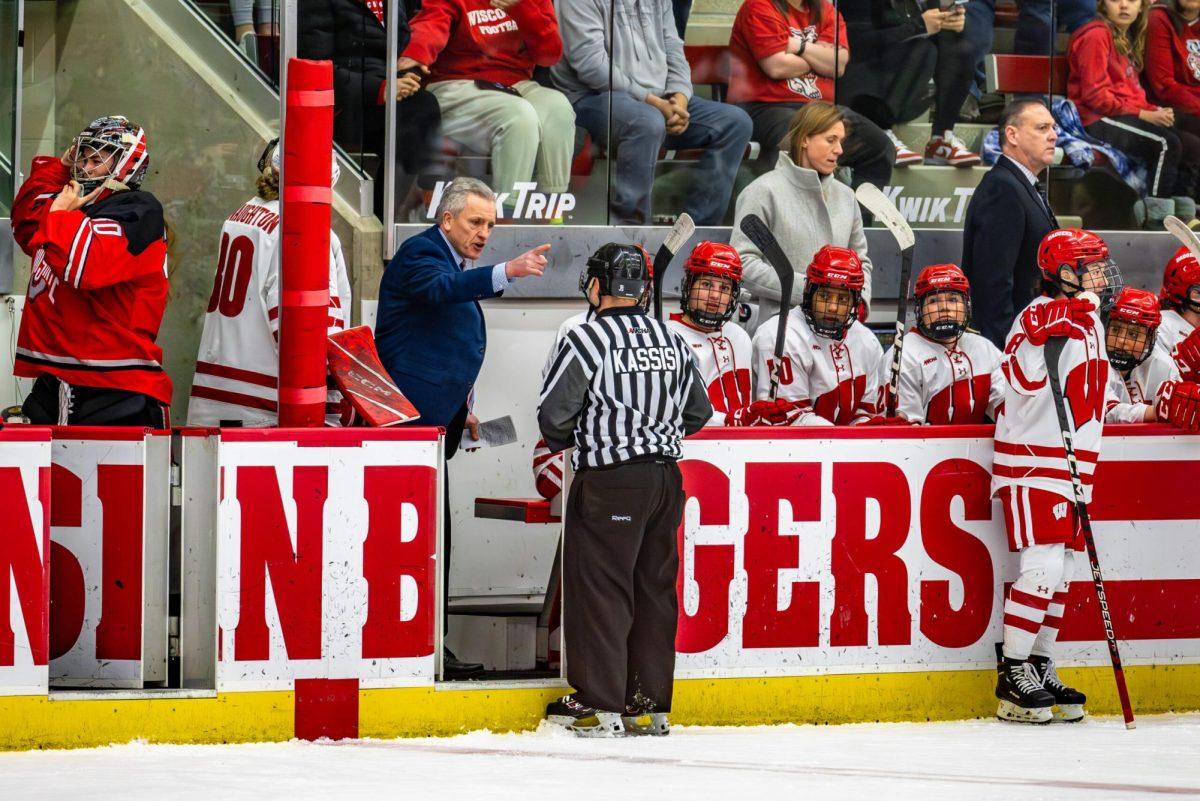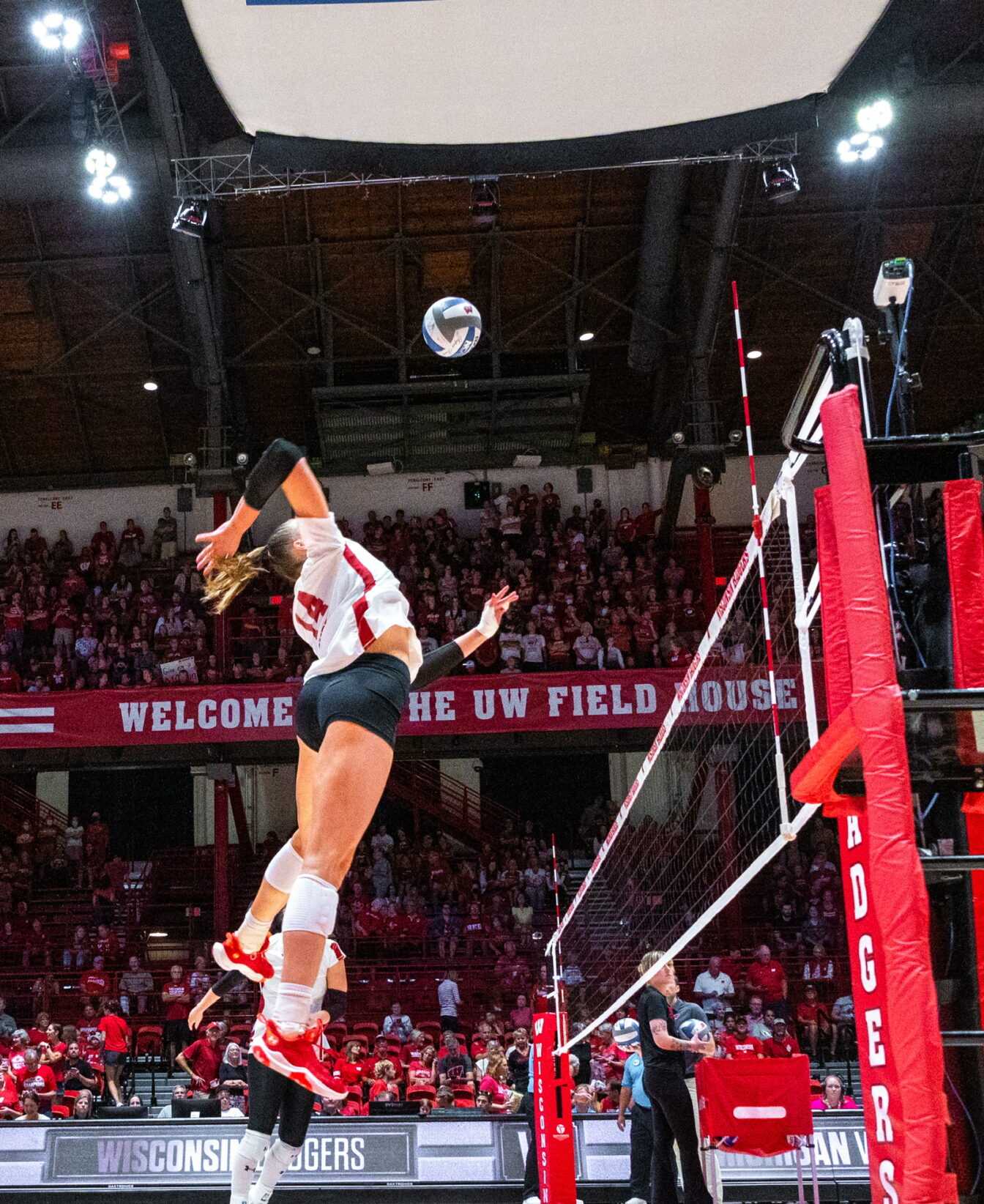
With slightly more than four minutes remaining in Saturday’s 33-29 loss at Ohio State, Wisconsin’s defense faced a 3rd-and-2 just past midfield that held serious game-defining potential.
A stop would have given Wisconsin the ball back with ample time to recover from a 20-14 deficit and possibly exit Columbus, Ohio, with a crucial Big Ten road victory. Yet, OSU quarterback Braxton Miller, already with 54 rushing yards to his name, took the snap from the shotgun, surged ahead off left tackle on a direct run and sprinted 44 yards, untouched, for a touchdown. The play, aside from extending Ohio State’s late fourth-quarter lead, accentuated Wisconsin’s struggles defending the run.
“Every game you go into – it doesn’t matter what league you’re in, what part of the season – stopping the run is the No. 1 priority,” defensive coordinator Chris Ash said. “We want to keep guys out of the end zone, and the way you keep them out of the end zone is to stop the run.”
The Badgers currently rank 54th in rushing defense, allowing 139.25 rushing yards per game. Against Ohio State, they surrendered 268 to the Buckeyes. Miller, in his seventh career game, rushed for 99 yards on 19 attempts (5.2 yards per). He also scored one other touchdown, a 1-yard scamper early in the third quarter.
Most dangerous of all, however, was Ohio State running back Dan “Boom” Herron. In his second game back from a six-game suspension, Herron gashed Wisconsin for 160 rushing yards on 33 carries. While that 4.8 yards-per-carry average seems hardly threatening, Herron’s performance highlighted an issue Wisconsin has been dealing with since facing Indiana two weeks earlier – allowing big gains on the ground.
On the first play from scrimmage in the second half, Herron burst straight up the middle through UW’s defensive front and sprinted 57 yards before being tackled. Herron finished the game with seven runs that went for at least seven yards, while Miller had four.
“Overall, if you take away two or three plays that they had, I think they might have been averaging less than three yards a carry,” linebacker Mike Taylor said. “For two athletic guys like that, that’s pretty good. But when you get 50-, 60-yard plays like that, that makes it look worse than it is. But you can’t have those two or three big plays because they … lead to touchdowns.”
Indeed, Herron punched the ball into the end zone six plays after his 57-yard dash. The Badgers did make it tough on the Buckeyes, forcing OSU to go for it on fourth down after failing to score quickly after Herron’s run brought the ball to Wisconsin’s 18-yard line. Yet, the poor showing against the run magnified the Badger offense’s struggles to move the ball in the second and third quarters and ultimately kept them from fully overcoming the Buckeyes’ lead. Ohio State, of course, emerged victorious in the final minute on a 44-yard pass from Miller to wide receiver Devin Smith.
“I think the thing [we learned] from Ohio State is we need to finish games,” defensive tackle Patrick Butrym said. “That’s really what it is. It’s much broader terms; you can break it down against the run or against the pass. Overall, we just need to finish games better.”
One week earlier, Wisconsin was much more successful against Michigan State’s rushing attack. The Spartans gained only 109 rushing yards, and their leading rusher was running back Le’Veon Bell with a decent 87 yards on 16 carries (5.4 yards per). But even in that game, The Badgers surrendered two runs of at least 30 yards – one to Bell, a 32-yarder late in the first quarter, and the other to wide receiver Keshawn Martin, a 34-yard double end- around that went for a touchdown.
Yet, while both Ohio State and Michigan State find themselves near the top of the Big Ten standings, one of Wisconsin’s worst performances, statistically speaking, came against the run came in the Oct. 15 Indiana game. The Hoosiers, 1-6 at the time and 1-8 now, rushed for 233 yards against the Badgers despite getting torched in a 59-7 UW blowout.
Hoosier running back Stephen Houston led IU with 135 yards on 19 carries (7.1 yards per), though those numbers were heavily inflated by the 67-yard touchdown run he unfurled in the second quarter. That was all the scoring Indiana could muster in Camp Randall that afternoon, but Houston’s run nevertheless began the string of big plays allowed by Wisconsin’s defense.
As isolated and seemingly random as those large gains are, the Badgers have learned firsthand how dangerous they can be. With Purdue, the nation’s No. 42 rushing attack (181.8 yards per game), coming to Madison Saturday, Wisconsin will have another test to pass in order to prove it can limit critical mistakes as the Big Ten slate kicks into high gear. The last two losses have smacked a sizable dent in UW’s BCS bowl hopes, though as large as they remain attainable, the defense’s mindset will be a crucial factor.
“I honestly think that you need to learn from the mistakes that have happened, but you really need to put it behind you in a way where you’re still not disappointed about it, you’re not moping around feeling sorry for yourself, because if that happens, we’ll lose again this week,” Butrym said. “But I don’t think that’s the approach.”


















